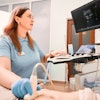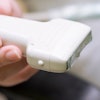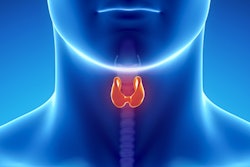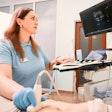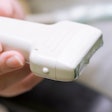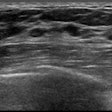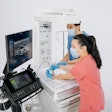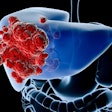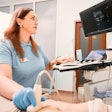Dear Ultrasound Insider,
Rumors have been percolating for years about a link between prenatal ultrasound and the development of autism spectrum disorder in children. But other than anecdotal stories, not much has been proved.
This week a new study published in JAMA Pediatrics generated more headlines on the connection -- but unfortunately not much additional insight. Researchers from Boston Medical Center tracked the rates of autism in more than 400 children who received prenatal ultrasound scans, correlating them with factors such as the number of scans, scan duration, frame rate, and depth of penetration of the ultrasound beam.
Among the factors, only penetration showed a statistically significant association, and even that difference was marginal at best (the autism group had a mean depth of penetration that was 5 mm deeper). The question is whether this finding of a relatively minor association will get blown out of proportion in the lay press.
If anything, the new study demonstrates the safety of ultrasound for prenatal use. Read more by clicking here.
In other news, wouldn't it be great if there was an objective way to measure one's progress toward mastering a skill? Researchers from Stanford University say that for the task of reading ultrasound-guided regional anesthesia images, there is: eye-tracking technology. Rather than using subjective measures such as self-assessment or multiple-choice tests, eye tracking can be used to evaluate ultrasound interpretation expertise by comparing the gaze patterns of experts and trainees. Learn more in our Insider Exclusive.
After you've finished those articles, also take a look at what else is going on in our Ultrasound Community:
- Why is Zika hard to detect on ultrasound and MRI? Learn what researchers from the University of Washington in Seattle discovered.
- Find out why it's safe to track low-risk thyroid nodules with ultrasound.
- Read why 2018 will be a strong year for the ultrasound market.
- Discover just how 3D power Doppler can help detect fetal growth restriction.
If you have a comment or report to share about any aspect of ultrasound imaging, I invite you to contact me.

